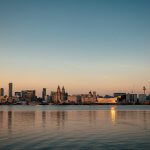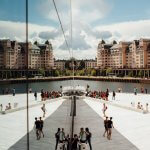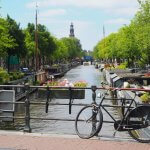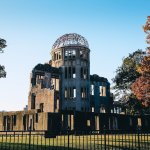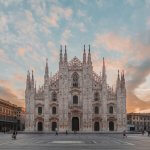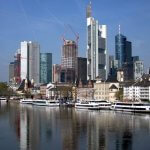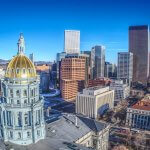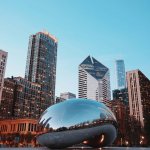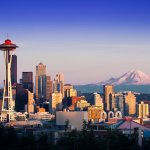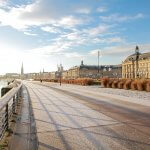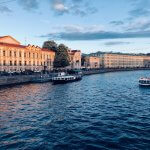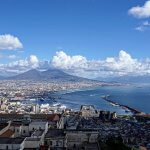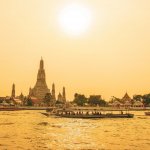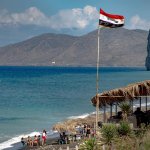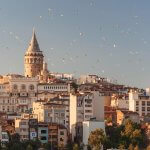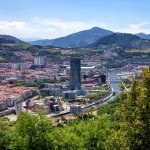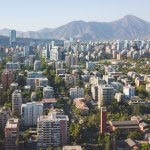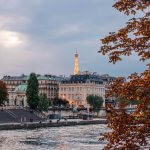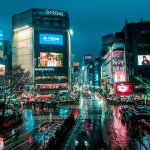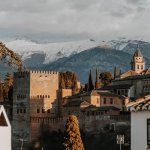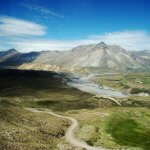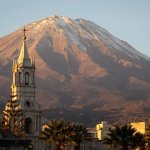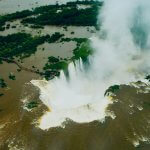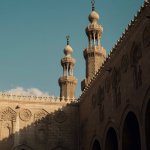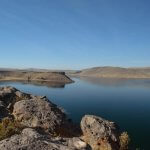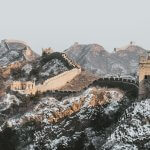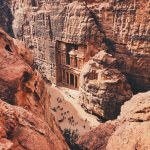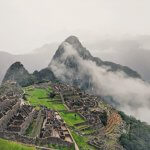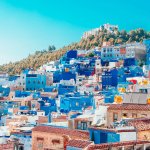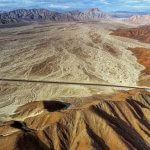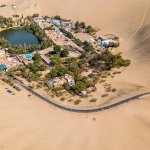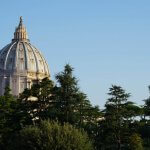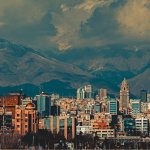
Nigeria is one of the most populous countries in Africa and has a wealth of heritage and history. So, what are the main attractions of Nigeria’s culture? Thinking about presenting and creating a cultural itinerary through this magnificent West African country, we made this article to detail and present the main attractions that you should visit.
Good reading!
Top Attractions in Nigeria’s Culture

Among the main attractions that you must visit to experience the culture of Nigeria, we highlight the following destinations:
- Temple of Osun and Cultural Landscape of Sukur;
- Abuja;
- Beaches in Lagos;
- Abuja National Mosque;
- Emir’s Palace.
Check it out right now!
Temple of Osun and Cultural Landscape of Sukur
These are the only specimens in Nigeria awarded the title of historic heritage by UNESCO. That way, it’s worth putting them on your list of places to visit in the country. The Temple of Osun is a sacred grove on the banks of the Osun River and to this day attracts thousands of people in religious festivals.
Thus, the Sukur Cultural Landscape is a site located between Nigeria and Cameroon. The stone buildings with thatched roofs offer authenticity and integrity to the region’s building systems.
Abuja

Abuja is the capital of Nigeria and one of the largest cities in Africa, the second largest in the country. It is a true metropolis and offers many attractions. In addition to financial and political capital, Abuja is the cultural capital of Nigeria. So, if you want to know the culture of the country, you must visit the city of Abuja.
There are several fruits and vegetables, as well as typical dishes of the country. Among the main dishes of the country, we highlight:
- Jollof Rice;
- Iyan (Pounded Yam);
- Àmàlà (Yam Flour/ Cassava Flour/ Plantain Flour);
- Ogbono Soup (African Mango Seed Soup);
- Puff-Puff (Fried Sweet Dough Ball);
- Àkàrà (Fried Bean Cake).
So, there are many cultural tours you can take in Nigeria, such as visiting the Nilke Art Gallery. For those who want more contact with nature, it is also possible to visit the National Children’s Park and Zoo.
Beaches in Lagos
Lagos is the largest city in Nigeria and has a metropolitan population of over 20 million people. The administrative region that includes the concentration on the beaches of Nigeria, since the region is exactly located in the extension of the coast of the country. Among the main beaches in the region, we highlight:
- Tarkwa Bay Beach;
- Landmark Beach;
- Kuramo Beach;
- Atlas Beach;
- Among others.
In addition to visiting the beaches, you can learn a little more about Nigeria’s culture. And you can do that by getting to know the city, its multiple shops or even its markets and fairs.
Abuja National Mosque

Nigeria has part of its population practicing the Muslim religion (predominantly in the north of the country). Thus, it is common to see temples dedicated to this religion in countries. And one of the most remarkable, grandiose and beautiful temples is the Abuja National Mosque.
Thus, some care must be taken when visiting this place, as photos are prohibited and access for non-Muslims is difficult. Thus, before visiting the place, it is necessary to have a lot of respect. The temple is located in the city of Abuja, which is located in the center of the country and has Christian and Islamic temples.
Emir’s Palace

This temple is located in the city of Kano, Nigeria. This construction dates back to the end of the 15th century and is the result of the expansion of Mohammed Runfa.
Currently, it has an area of more than 33 acres and is one of the most striking cultural and historical symbols of the country, which explains much of the Arab culture present in West Africa (and Nigeria).
So, the palace has a great architectural diversity and uses elements of Arab culture and traditional West African peoples who inhabit Nigeria.
Thus, Nigeria’s culture is very rich and brings together elements of the traditional peoples that inhabit West Africa and also symbols of the Arabs who dominated the region during a certain period. And you, what are you waiting for to visit one of the most populous countries in Africa?
Here you will find some accommodations with promotions! Enjoy!

